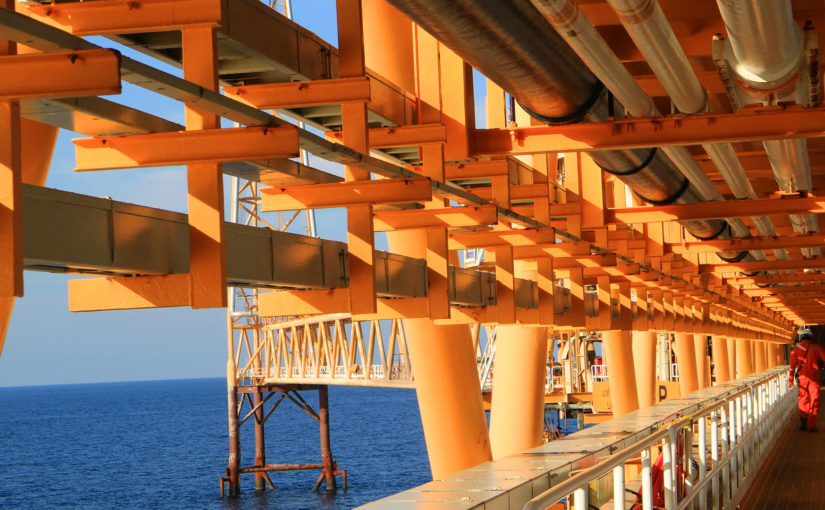Safety has long been a hot topic in the oil and gas industry, and this industry has always put an emphasis on being at the forefront of safety prevention and guidance. Recent data from OSHA confirms workers in these industries are at high risk for workplace-related injuries. A multitude of factors is often at play—from high physical demands to high productivity. Not to mention the harsh, remote conditions that usually come as part of the job. There’s no mistaking that these factors can take a hefty toll on workers and can ultimately result in expensive errors and avoidable lapses of judgment.
The dire consequences only serve to reinforce the constant evaluation of safety and training programs across the industry to more effectively address issues related to injuries.
Hazard Prevention Made Easy
Some industrial gas-related hazards can occur as a result of:
- Packaged gases/pressure
- Improper handling
- Improper storage
- Harsh offshore conditions (as related to remote, maritime, etc.)
- Improper usage of gas equipment
- Lack of knowledge around end-user application related to breathing gas quality or identification
Large-scale incidents often start from little issues that are in plain sight. For instance, compressed gas cylinders, with their potential risks and hazards, can be overlooked and go unnoticed by fatigued workers. From cylinders being poorly located or unsecured on site, to cylinder tanks and faulty valves, pressurized containers cause 5,000 injuries each year.
Education is key in preventing workplace accidents. To ensure big injuries do not occur, educate your entire crew on the proper handling of cylinders. Stress the importance of cylinder inspection before transportation and usage.
Stored and Secure
Keep in mind that all cylinders come with the following risks:
1.) They weigh more than they appear to
2.) They’re pressurized and may become high-speed projectiles if the valve breaks
3.) They may be explosive, flammable or corrosive
Make sure your entire crew is educated and aware of the regulations which govern cylinder storage. Firstly, oxidizers should never be stored near flammables without a fire safety wall. Best practice also dictates your cylinders should be stored out of the sun, away from anything that could generate sparks or flames, and nowhere in which temperatures exceed 125 degrees Fahrenheit.
One aspect you should never overlook: Stored does not always mean secure. Airgas Vice President of Oil and Gas Upstream, Nathalie Mangeot-Gehin, notes, “Rigs should not have loose cylinders—any that are should be secured with straps, guards or chains. Otherwise, they should be bundled together and always be in a crate or lifting basket.” She continues, “Many companies do have cradles that are industry compliant.”
Damage Control
Continuously spot check cylinders for any obvious damage or wear. Contents should be listed—most come with their own serial number and matching certificate that lets you easily access and understand the contents contained in your cylinder, achieving regulatory compliance.
When using flammable gases, don’t open the valve more than necessary to minimize risk. If a valve is damaged, alert your supplier immediately so they can repair or replace it.
Anyone working on a rig should always be keenly aware of all risks, regulations and team disaster plans. The offshore oil and gas industry is always working on regular upgrades to rules and safety guidance. As these standards become more aligned across the globe, it’s imperative that all rig personnel stay aware of new compliance standards. Keeping your mind on safety and these cylinder safety precautions will help prevent accidents and protect those around you.
For more information about the proper handling and use of gas cylinders on rigs, visit the IMCA. You can also view the DNV rules for lifting or read more about specialty gas care on Airgas Thinks.
